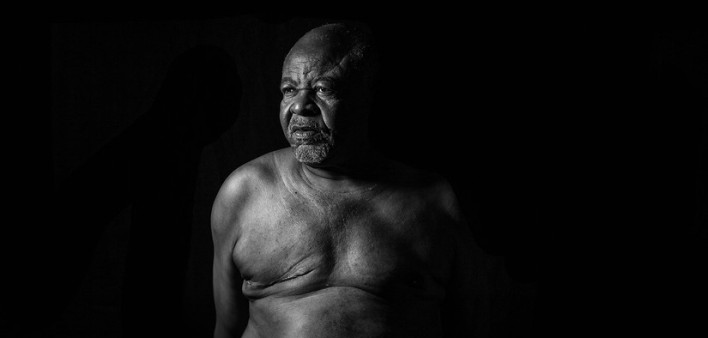The Centers for Disease Control and Prevention (CDC) has released new survival data on breast cancer among men. Establishing relative survival rates in men with breast cancer can help in the development of better screening and treatment.
Although breast cancer among men is rare, about 2,600 men will be diagnosed with breast cancer and about 520 will die from it this year, according to the American Cancer Society. Compared with women, men are diagnosed with breast cancer when they are older and have more advanced disease, on average. What’s more, women have benefited more than men from improvements in breast cancer survival. Because breast cancer in men is uncommon, not many studies have explored survival differences.
“Currently, screening for breast cancer is recommended only for men with BRCA1 and BRCA2 mutations,” Jane Henley, MSPH, of the CDC’s National Center for Chronic Disease Prevention and Health Promotion, told Healio. “However, routinely discussing family health history with patients might help health care providers identify males at risk for developing breast cancer and guide clinical decisions.”
Taylor D. Ellington, MPH, of the CDC’s National Center for Chronic Disease Prevention and Health Promotion, and colleagues assessed data from the National Program of Cancer Registries to determine relative survival in men diagnosed with breast cancer between 2007 and 2016. The team considered relative survival to be the proportion of men who survived at least one year and at least five years after diagnosis. They also took into account race, ethnicity, age, cancer stage at diagnosis and U.S. Census region.
The researchers found that for men diagnosed between 2007 and 2016, the one-year survival rate was 96% and the five-year survival rate was 85%.
“Using high-quality cancer surveillance data to evaluate one-year and five-year relative survival among males with breast cancer might help guide health care decisions regarding breast cancer testing and treatment among males and establish programs to support survivors and men at high risk for developing breast cancer,” wrote the researchers.
When considering race and ethnicity, the team found that one-year and five-year survival rates were 97% and 83%, respectively, for Latino men; 96% and 86% for white men; 94% and 78% for Black men; and 95% and 86% for other races and ethnicities.
Some one third of cases were diagnosed in men under age 60; another third occurred among men ages 60 to 69, and the final third occurred among men at least 70 years old. While survival across age groups at the one-year mark was similar, as was survival for different age groups at the five-year mark, the one-year and five-year values differed from each other.
Survival rates were mostly comparable across different U.S. Census regions. The one-year and five-year relative survival rates were 97% and 87% in the West; 96% and 84% in the South; 96% and 86% in the Northeast; and 96% and 83% in the Midwest.
Most breast cancer cases were diagnosed at the localized stage (46%) or the regional stage (42%). However, 9% of men were diagnosed with metastatic breast cancer that had already spread to distant parts of the body. One-year survival was similar for men diagnosed with localized cancer (nearly 100%) and regional cancer (99%), but five-year relative survival was higher for localized cancer compared with regional cancer (99% versus 84%).
Survival rates were lowest among men diagnosed with metastatic breast cancer at one year (71%) and five years (just 26%). While overall survival rates were comparable across racial and ethnic groups, more Black men (12%) were diagnosed with metastatic cancer compared with white men (8%), Latino men (7%) and other racial and ethnic groups (10%).
“Ensuring access to optimal diagnostic procedures and treatment and ensuring they are accessed as soon as possible might help reduce any health disparities seen among men diagnosed with breast cancer,” Henley told Healio.
Click here to read the study in the CDC’s Morbidity and Mortality Weekly Report.
Click here to learn more about breast cancer in men.







Comments
Comments